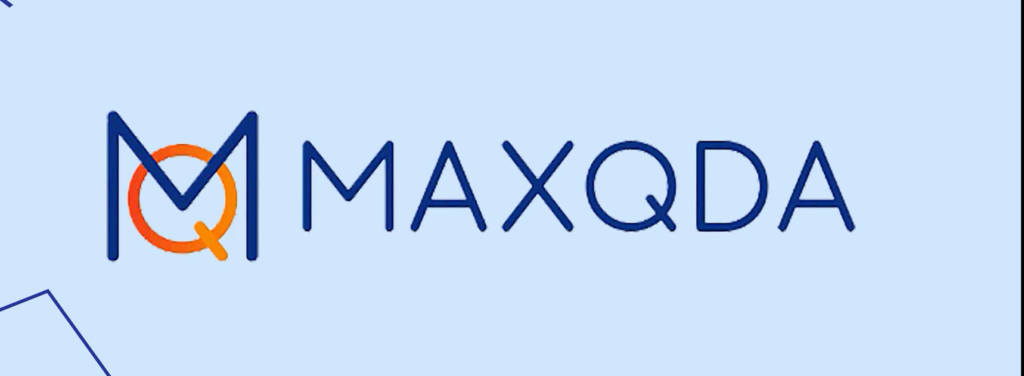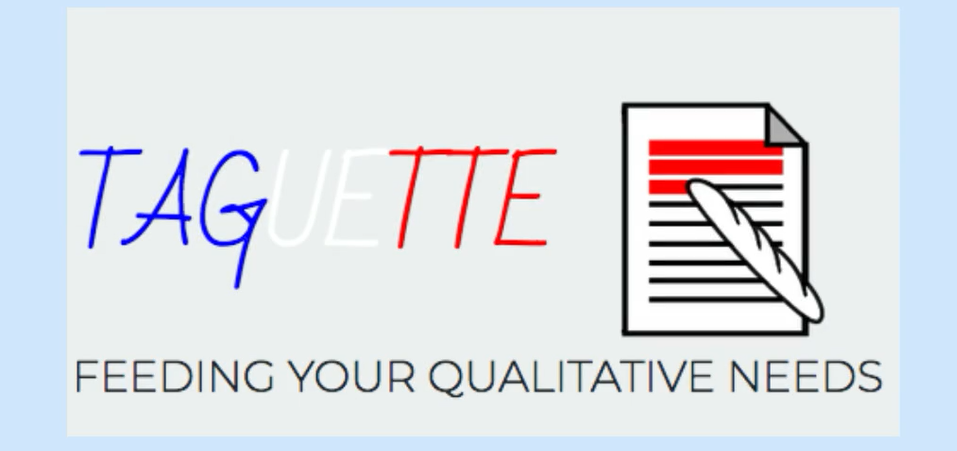Best Tools for Qualitative Data Analysis
In this article, I will be reviewing the different tools you can use for qualitative data analysis.
Characteristics of a Good Qualitative Data Analysis Tool
Here are the most important features that a qualitative data analysis tool should have.
- It should provide a free trial.
- It should make it easy to import different forms of data, such as Word documents PDF, video, audio, and images into the software.
- It should make it easy to create codes.
- It should make it easy to edit codes.
- It should make it easy to combine codes to form themes or categories.
- It should make it easy to visualize in the software.
- It should make it easy to export important resources from the software.
- It should provide a cheaper version for students.
- It should be highly cited in previous scholarly articles.
Nvivo

Nvivo 14
Now one of the best tools to use for qualitative data analysis, and I know I’m a bit biased because I’ve used this tool for long, is NVivo.
If you Google NVivo. Nvivo provides a free 14 day trial.
You can download it.
The characteristics of Nvivo makes it the best tool that you can use to conduct qualitative data analysis.
One characteristic of Nvivo is that it allows to import different forms of data.
You can import word documents, audio and video.
Now, another important characteristic of a good, Qualitative data analysis tool is making it easy for you to create codes and to revise codes.
With Nvivo it is easy to create codes and to revise them in the codes section
Then, Nvivo allows you to merge codes, put codes under, themes. You just drag and drop codes into the theme you have created.
So the management of code sub themes and themes becomes quite easy Nvivo, which is a very important feature of this QDA tool,
In Nvivo it is also very easy for you to visualize your data.
The different visuals you can obtain in Nvivo include, hierarchy charts, mind maps, word clouds, tables, regular charts, project maps, concept maps, comparison diagrams, and matrix coding query tables.
Nvivo also makes it easy to export codebooks and a code list. The code book contains the themes and codes with their description while a code list contains of a list of codes.
Another important advantage of using Nvivo for your qualitative data analysis is that the tool has a cheaper option. For students it currently goes at $118 per year.
Most qualitative data analysis software’s are quite expensive, this tool provides a cheaper version for students.
Another reason why you should choose Nvivo is because it is the most cited tool in scholarly articles.
Those are the reasons why you should use Nvivo as you qualitative data analysis tool.
MaxQDA

MAXQDA
Now, the second qualitative data analysis. Tool that you should consider to conduct your qualitative data analysis is MaxQDA.
They also provide a free trial and they are close to Nvivo.
It is easy to create codes in the tool but it is not easy to create visuals as in Nvivo.
MaxQDA is also cited in a number of scholarly articles which makes it the second most popular tool after Nvivo.
QDA Miner

QDA Miner
The next tool that you should consider for qualitative data analysis is QDA Miner.
Although this tool is not as effective as Nvivo, it allows the importation of different forms of data.
It is also fairly easy to code in the software and it also allows the visualization of data.
In relation to pricing, the tool is more expensive than Nvivo.
QDA Miner is not as highly cited as Nvivo.
Transana

Transana
Transana is another tool you can use for qualitative data analysis.
It has different features including ability to import different data sources such as video, audio, text, and PDF.
It allows automated transcription, but you should not use this for transcription
To learn more about tools for transcription click this article link.
Transana allows you to create and categorize codes, analyze multiple camera video, customize views and reports, collaborate with colleagues, and doesn’t have recurring fees.
Basically, it’s a tool for analyzing data that you can try to use. However, Transana is not a popular tool like Nvivo or even MaxQDA.
F4Analyse

F4analyse
Another tool you can use for qualitative data analysis is F4analyse.
This tool is a good tool for analysis. However, its main shortcomings is difficulty in trying to revise codes and rearrange your codes. You may experience some challenges as I found when I tried to use this tool.
But it’s a decent tool. However, it’s not a popular tool that is as highly cited as Nvivo.
Quirkos

Quirkos
The sixth tool that you can use for qualitative data analysis is Quirkos.
You can get a free trial and try this software and see whether it suits your analysis needs.
However, Quirkos is also a relatively newer tool compared to tools like Nvivo, MaxQDA, and even Atlas TI. So, it does not have many citations.
But it’s a decent tool that allows easy importation, cross compatibility, autosave, data visualization, or the side-to-side comparison. And all these abilities to analyze data, you can check it out yourself and decide whether you’re going to use such a tool for analysis.
Atlas TI

Atlas . ti
The seventh tool that I want to review that you can use for analysis is Atlas TI.
After Nvivo and MaxQDA, we have Atlas TI as the third most popular tool for qualitative data analysis.
Atlas TI also offers a free trial that you can experiment before you commit.
Atlas TI also provides many features for analyzing data, where you can import your data and be able to classify it.
You can also visualize, analyze and refine your data, import and organize your files and many more functionalities.
Dedoose

Dedoose
Another tool that you can use for qualitative data analysis is Dedoose.
Dedoose allows different ways of analyzing data that you can try.
It can be used by evaluators, market researchers, psychologists, health researchers, social scientists, student and teachers, policy researchers and sociologists among others.
However, I’ve not seen a free trial for DDoS, which can allow you to familiarize with a software before you commit to using it. I think that’s a big shortcoming. Dedoose is also not much cited compared to tools such as Nvivo and MaxQDA.
Taguette

Taguette
The final tool that you can use to analyze your data is Taguette.
Taguette is a simplistic kind of tool which doesn’t have as many functionalities of tools such as Nvivo and MaxQDA among others. Even Atlas TI has more tools than Taguette.
However, it’s a free tool that beginners can try, they can try to practice coding, coming up with themes before they use more serious and more popular software such as Nvivo.
Now those are the nine most popular qualitative data analysis tools.
In my opinion, I think you should use Nvivo, especially if it’s provided in your school.
The second tool I would recommend is MaxQDA, and the third is Atlas AI. Those are the most popular, the easiest to use, and tools that provide the most value and the most features that you need to analyze your qualitative data.